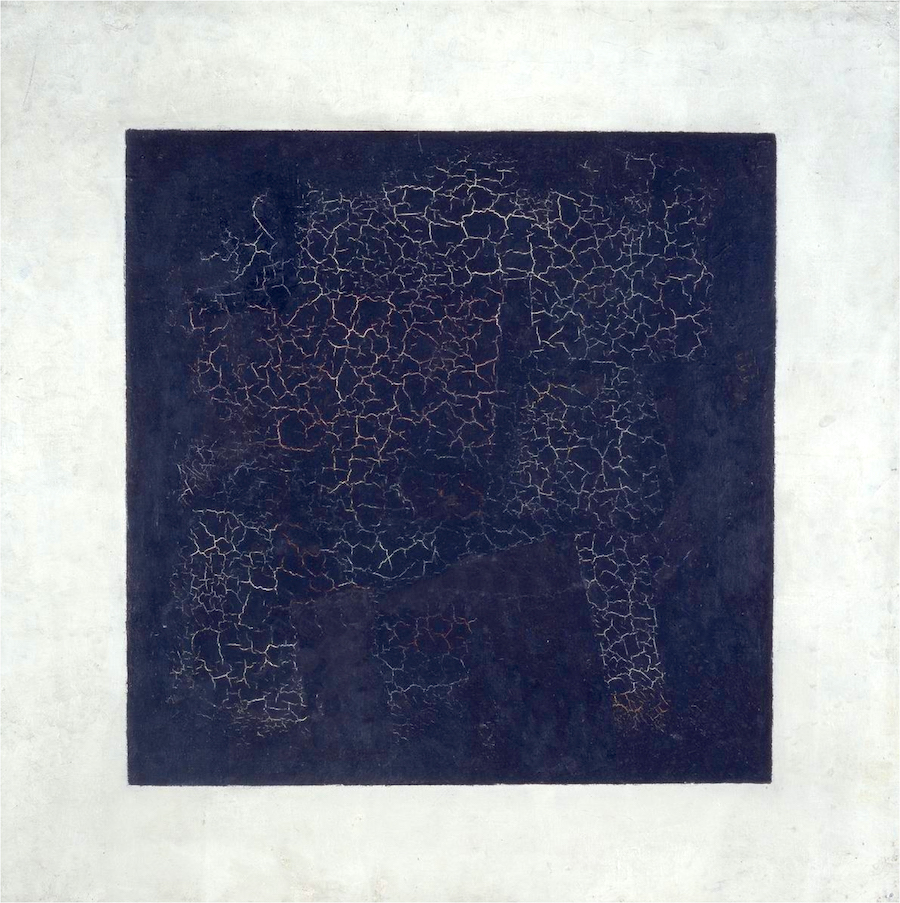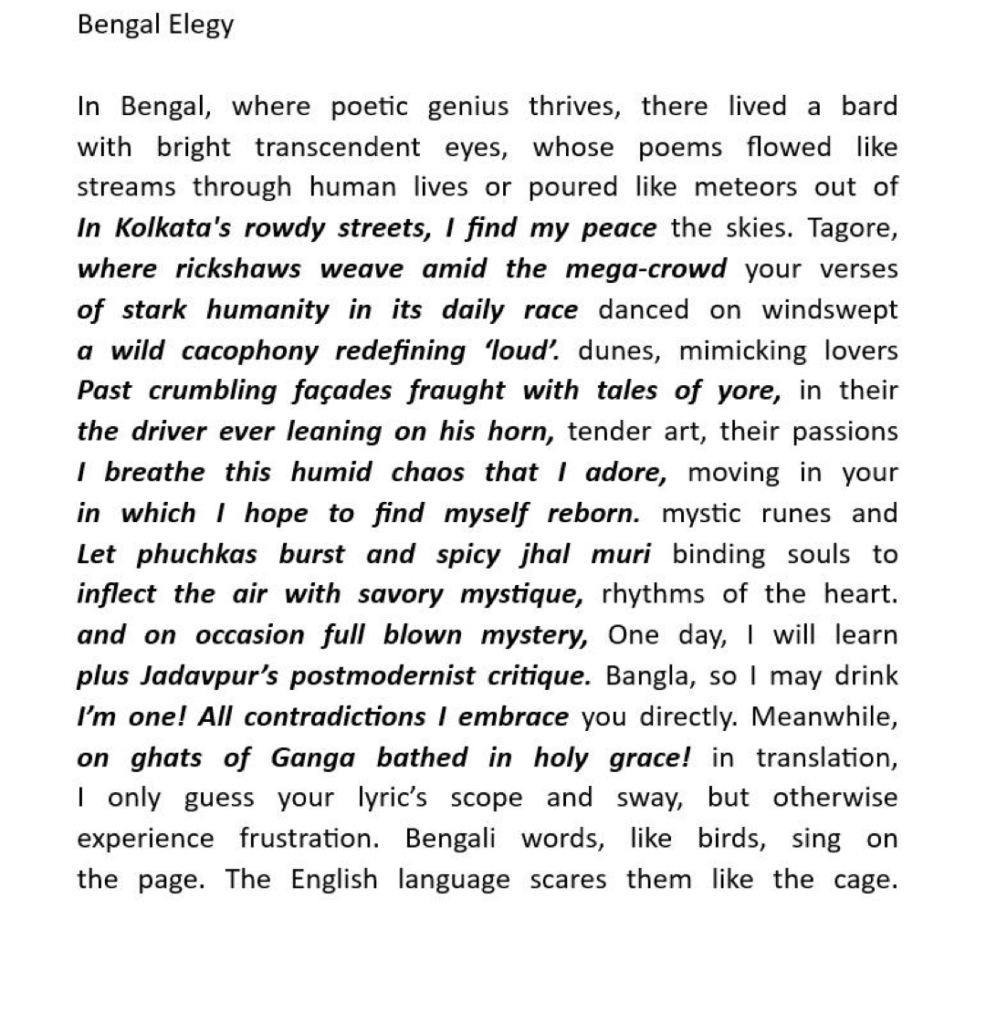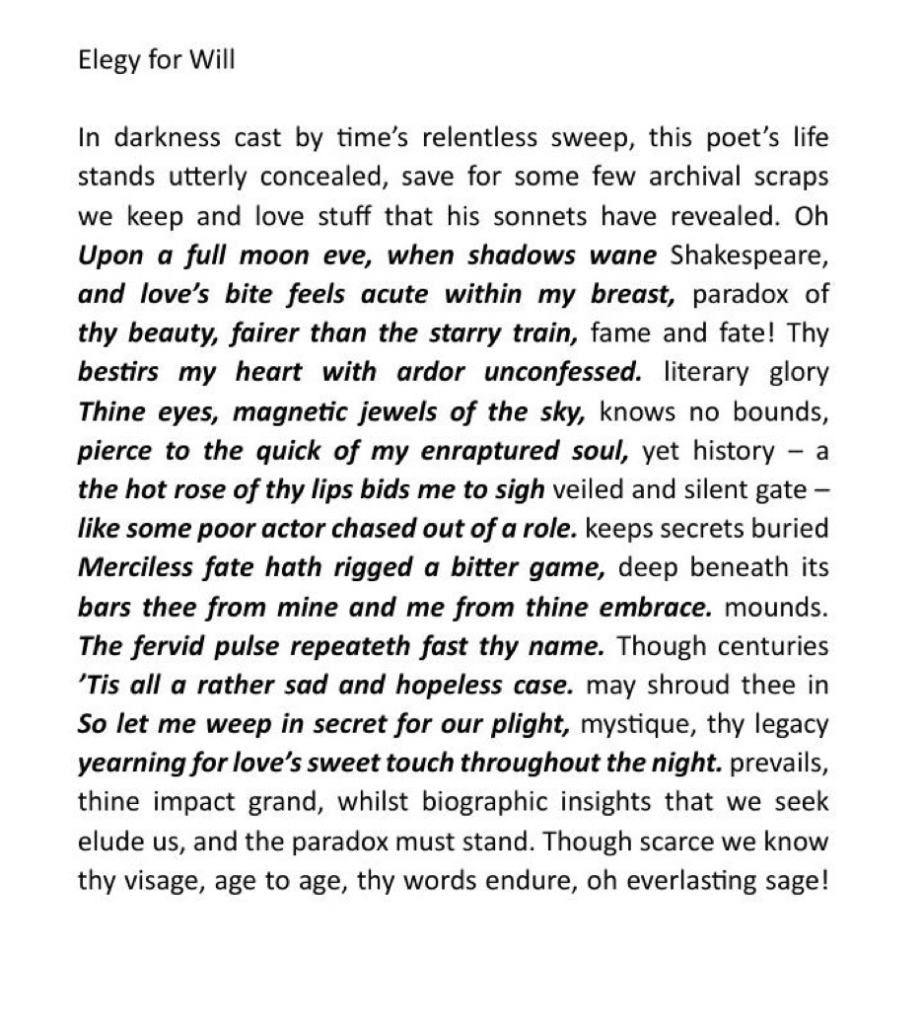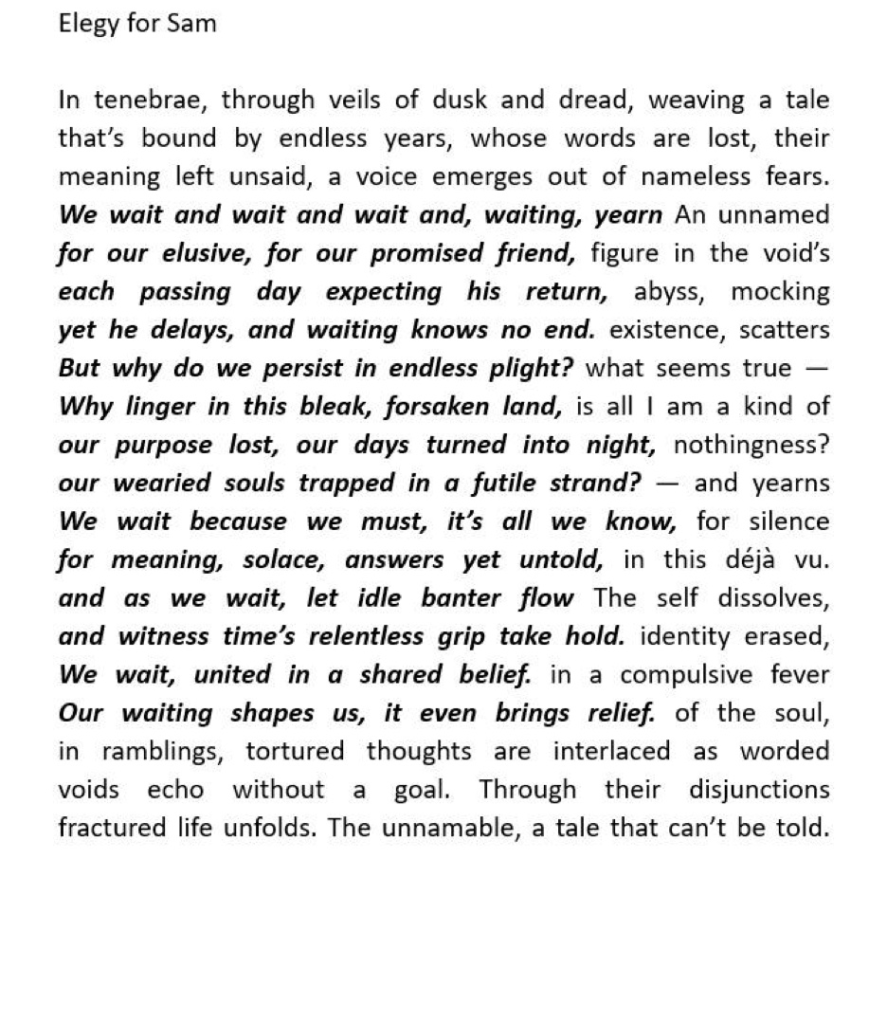On My Immured Sonnets

“I am sure some of my readers are still puzzled by the immured sonnet form, which I invented (for better or worse!) in the late 20th century. The original idea was to have a formal sonnet wrapped in another text instead of the expected white space. I conceived it while looking at Kazimir Malevich’s Black Square painting at a Guggenheim exhibit and imagining it filled with text instead of paint. So there is a sonnet at the core of the immured sonnet (other immured forms are also possible and have since been tried). I call the text that wraps around the sonnet the wrapping or wraparound text. It must be typographically distinct from the sonnet.”—Philip Nikolayev
The Art of Forgetting
By Philip Nikolayev

“The square is not a subconscious form. It is the creation of intuitive reason. The face of the new art. The square is a living, regal infant. The first step of pure creation in art.”―Kazimir Malevich
BOSTON Massachusetts—(Hubris)—1 August 2023—I am sure some of my readers are still puzzled by the immured sonnet form, which I invented (for better or worse!) in the late 20th century. The original idea was to have a formal sonnet wrapped in another text instead of the expected white space. I conceived it while looking at Kazimir Malevich’s Black Square painting at a Guggenheim exhibit and imagining it filled with text instead of paint. So, there is a sonnet at the core of the immured sonnet (other immured forms are also possible and have since been tried). I call the text that wraps around the sonnet the wrapping or wraparound text. It must be typographically distinct from the sonnet. At first the wrapping text tended to be in prose. I even sometimes used, perhaps a bit absurdly, scraps of technical and marketing writing that I was doing for a living at the time. But soon I discovered that I could use traditional verse as wraparound because traditional verse does not radically depend on typographical line breaks: its form is conveyed by the meter and the rhymes. By and by I started increasingly to use traditional verse for wrapping and discovering more ways of creating links, contrasts, and resonances between the two texts. Lately, I have standardized the immured sonnet form as consisting of two traditional sonnets, one embedded and the other wrapping around it. Reading (and writing) them is an acquired taste. I have acquired it. I hope you will too!

![]()

![]()

![]()
Editor’s and Assistant Editor’s Note: We, at Hubris, lack the design resources of, say, The Paris Review, and so cannot render Nikolaeyev’s immured sonnets in anything but pdf format, which goes against our House Style (and our and all others’ aesthetic sensibilities). We apologize, to the poet, to our readers, and to all others who may have gasped at the appearance of this page (just prior to being spirited away by its content).
